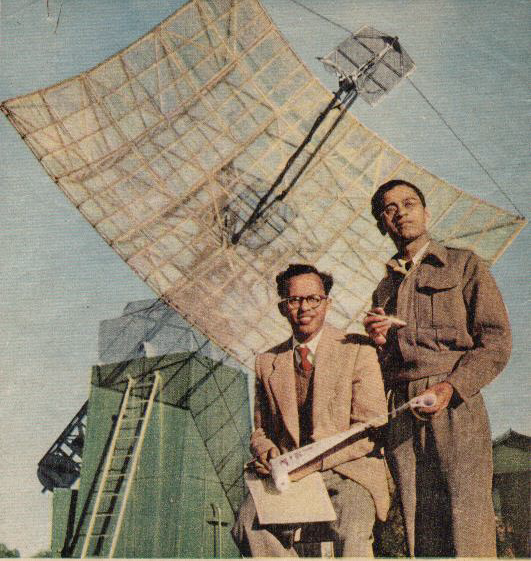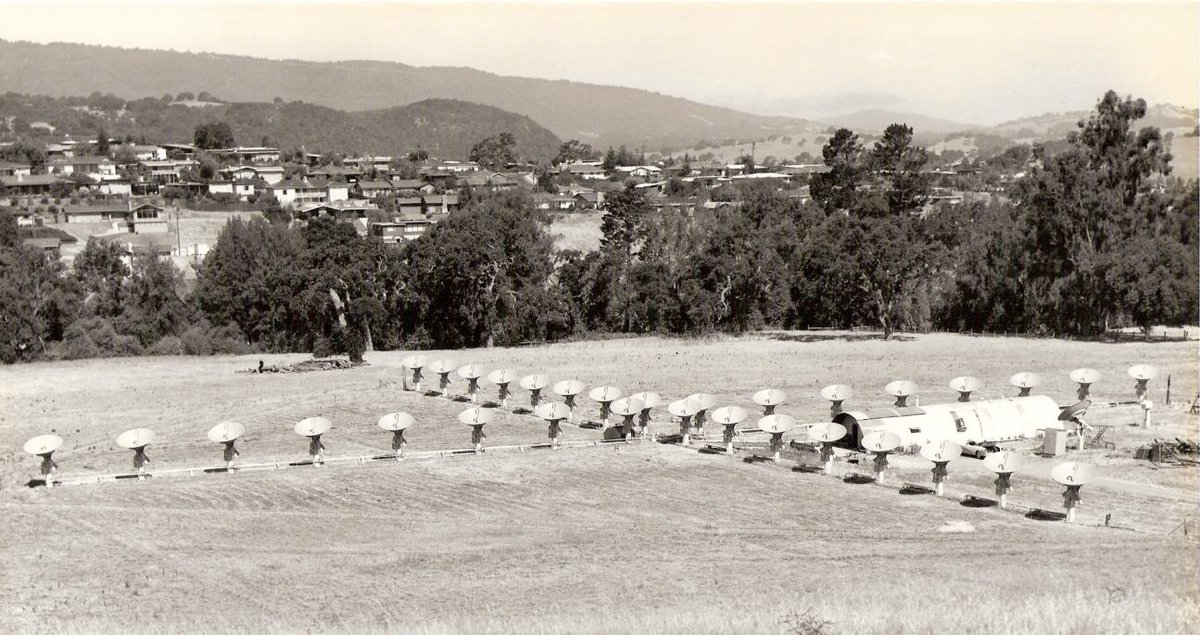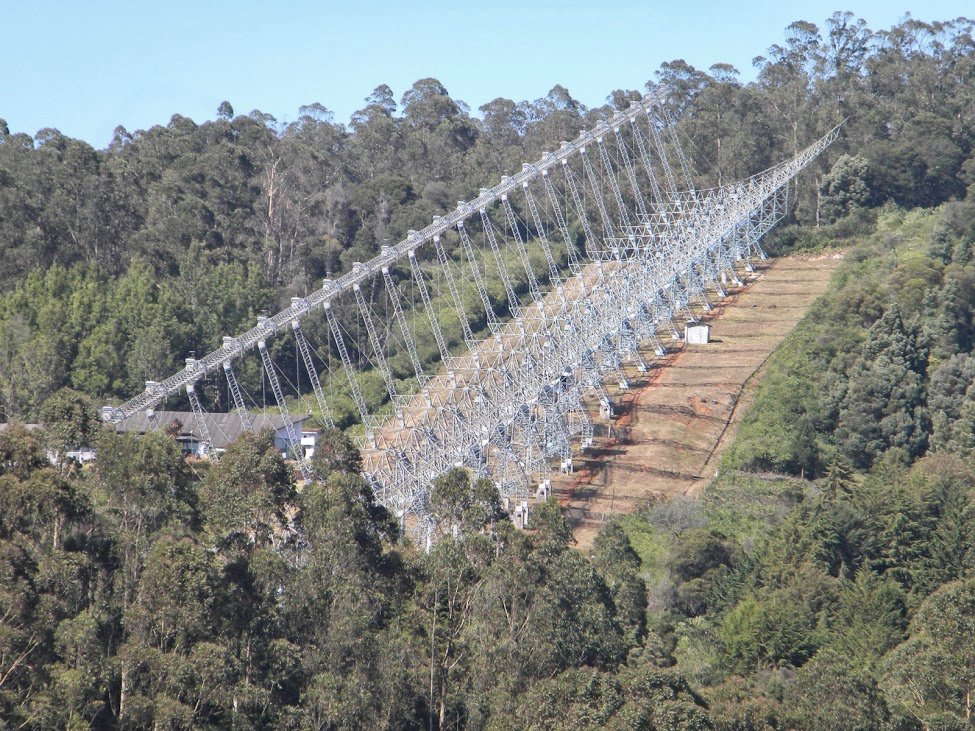Thread. With Professor Govind Swarup’s demise, the world of astronomy has lost a great scientist, institution-, and telescope- builder. Ever-smiling, not one to take a no for anything he wanted to be done, he took on many impossible tasks, inspired colleagues to accomplish them.1
There is much to know about this life fully lived. In a tribute to Govind on his 90th birthday, last year, Wayne Orchiston and Sudhir Phakatkar recount his scientific journey http://old.narit.or.th/en/files/2019JAHHvol22/2019JAHH...22...03O.pdf">https://old.narit.or.th/en/files/... … a must-read. Excerpts from this in quotes below. 2/n
“Govind accepted an Assistant Professorship in Electrical Engineering at Stanford on 1 January 1961, soon after being awarded his doctorate, from time to time he had contemplated returning to India and launching a radio astronomy program there.” 3/n
At Stanford, he formed a group of four Indian radio-astronomers, hatched a plan to develop the field in India. One of their mentors wrote: “… you two [i.e. Swarup and Krishnan] and Menon and Kundu should get together for a united attack on the monolith of Indian bureaucracy 4/n
"– separately I can‘t see you getting anywhere in radioastronomy very fast I know you all, and feel that [the four of you] would make a very fine team.”5/n
In September 1961, Swarup et al wrote to the @CSIR_IND , the NPL, and to the @DAEIndia (Bhabha), with unsolicited letters of support. Bart Bok from Australia wrote : 6/n
“ It seems to me that their offer to return to India as a group is a unique one, and that should, by all means, be accepted and acted upon promptly...comes only rarely in the history of scientific development of a nation, which scientifically, is obviously coming of age.”7/n
All replied and Swarup says: “We got replies from all the concerned authorities from India, but the most encouraging and highly supportive was from the great visionary scientist and a dynamic organizer, Dr Homi J. Bhabha” 8/n
“On 20 January 1962, three months after Swarup& #39;s letter, Homi Bhabha sent a cable to the four radio astronomers: ―We have decided to form a radio astronomy group STOP letter follows with offer STOP” 9/n
“Over the next two months Homi Bhabha somehow was able to formalise the establishment of the new radio astronomy group at the Tata Institute of Fundamental Research, and on 3 April 1962 he wrote Govind: 10/n
“If your group fulfills the expectations we have of it, this could lead to some very much bigger equipment and work in radio astronomy in India than we can foresee at present.” A courageous promise, made in difficult times and kept.11/n
Govind resigned from Stanford and went to TIFR. He sent up India’s first Radio telescope in Kalyan, near Mumbai, importing the parabolas from the Potts Telescope in Australia where he had worked as a visitor under the Colombo plan ten years earlier. 12/n
Govind embarked on building a radio telescope with Ooty as its site. This was a daring and audacious adventure for a 33-year-old starting investigator. This was when nothing could be imported, budgets minuscule and astronomers and engineers had to be trained from scratch.13/n
Explaining what he wanted to do he says the plan was “to construct a large cylindrical radio telescope on a suitably-inclined hill in southern India so as to make its axis parallel to the Earth’s axis, and thus taking advantage of India‘s close proximity to the Equator”14/n
The idea was ‘sold’ to Bhabha. The telescope was the source of important radio-astronomy findings. Govind says: “The design & construction of the ORT was a great challenge ..as the development of technology in India was still in its infancy, and foreign exchange limited ..”15/n
A view of the ORT during the recent annular solar eclipse. A composite of 26th December 2019 at the Ooty Radio Telescope by Ajay Talwar courtesy @PrajvalShastri 16/n
Govind embarked on a new mission to build a giant equatorial telescope, in Kenya or Indonesia. When those efforts did not materialize, he developed what was later to become the Giant Meterwave Radio Telescope (GMRT) and the National Centre for Radio Astrophysics (NCRA)17/n
"The GMRT is the world’s largest and most powerful low-frequency array and has been popular with Indian and overseas radio astronomers from the time it became operational." 18/n
"From Jan 2002- Sep 2015 there were 1769 successful research proposals submitted by astronomers from 31 different countries. Just under half of all proposals came from India." 19/n
From Kalyan to Ooty, and Narayangaon, led by Govind Swarup, India has built a great tradition in radio astronomy and populated the field with quality scientists and engineers. Radio astronomy has grown at the @RRI_Bangalore and @IIABengaluru 20/n

 Read on Twitter
Read on Twitter













